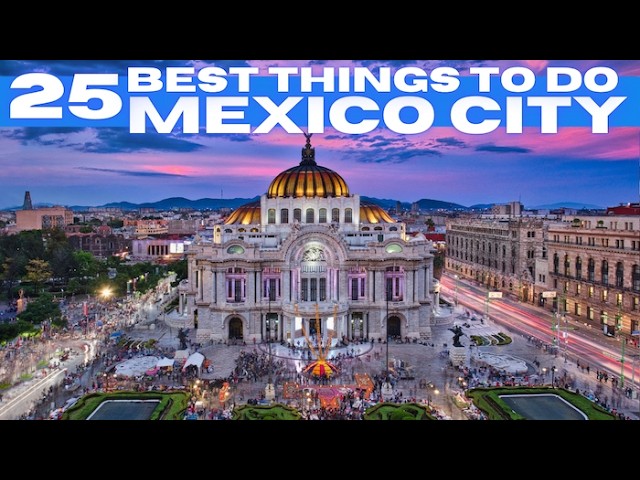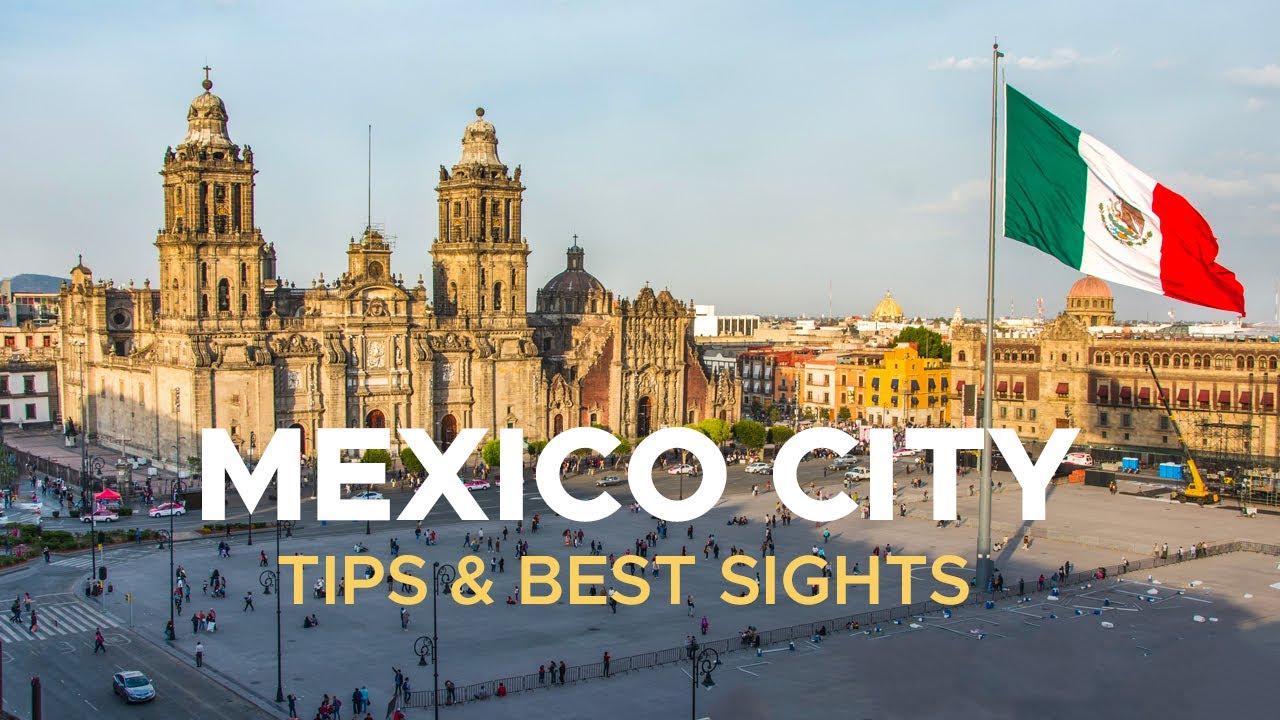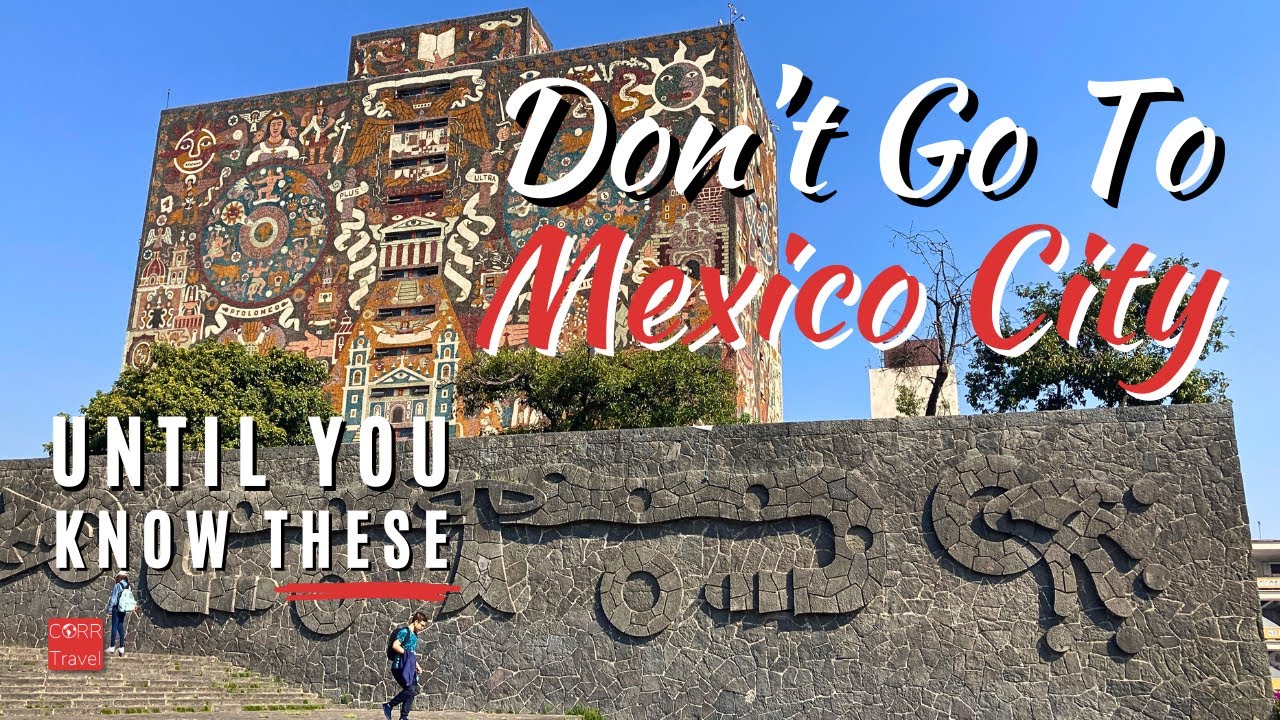Planning Your 2025 Mexico City Metro Exploration
In the heart of Mexico, the Mexico City Metro serves as a key transportation system, offering an immersive way to explore the city’s vibrant culture, history, and people. With the advent of 2025, planning your Mexico City Metro exploration is essential to experience the city to the fullest. The metro, also known as Sistema de Transporte Colectivo, is not just a means of transportation, but also a window to the city’s soul.
Understanding the Metro System
The Mexico City Metro is one of the largest and busiest metro systems in the world, with 12 lines and over 195 stations. To plan your exploration, it’s crucial to familiarize yourself with the metro map, operating hours, and station locations. Each metro line is identified by a different color and number, making it easy to navigate. Remember, peak hours (6-9 AM and 5-8 PM) can be crowded, so plan your travels accordingly.
Exploring Key Stations and Surrounding Areas
As you plan your 2025 Mexico City Metro exploration, consider the key stations that offer a gateway to the city’s major attractions. For instance, the Zócalo station on Line 2 will lead you to the city’s main square and the iconic Metropolitan Cathedral. The Chapultepec station on Line 1 is your gateway to the massive Chapultepec Park, home to several museums, a zoo, and a castle. Also, don’t miss the vibrant murals and artworks that adorn many metro stations, adding a unique cultural flavor to your journey.
Using the Metro as a Local
To truly immerse yourself in the local experience, consider using a rechargeable metro card, known as Tarjeta del Distrito Federal. This card not only saves you time but also allows you to use other forms of public transportation. Remember to keep an eye on your belongings, as pickpocketing can be a concern in crowded areas.
Planning your 2025 Mexico City Metro exploration can be a thrilling experience, offering you a unique perspective of the city. By understanding the metro system, exploring key stations, and using the metro like a local, you can dive deep into the city’s heart and soul.
The Best Routes to Explore Mexico City by Metro in 2025
In 2025, exploring Mexico City by metro is both an economical and efficient way to experience this vibrant city. The metro system, known for its extensive network and frequent service, provides easy access to the city’s numerous landmarks and neighborhoods.
Metro Line 1: Often referred to as the ‘Pink Line,’ this route is a fantastic starting point for any metro exploration of Mexico City. Starting at Observatorio and ending at Pantitlán, it passes through notable locations such as the Chapultepec Forest, the Anthropology Museum, and the historic city center.
Key Stops on Metro Line 1
- Chapultepec: Here, you can explore the Chapultepec Castle, the Museum of Modern Art, and the city’s largest park.
- Insurgentes: This stop takes you to the heart of the Zona Rosa, known for its shopping, nightlife, and the iconic Angel of Independence monument.
- Zócalo: The city’s main square, home to the Metropolitan Cathedral and the National Palace.
Metro Line 2: Also known as the ‘Blue Line,’ this route offers access to a diverse range of sights from Tasqueña to Cuatro Caminos. It’s the ideal line for those interested in the city’s rich history and culture.
Key Stops on Metro Line 2
- Tasqueña: The southern terminus of Line 2, this station is close to the charming Coyoacán neighborhood, where you can visit the Frida Kahlo Museum.
- Pino Suárez: A stop away from the Zócalo, this station is near the Templo Mayor, an ancient Aztec temple.
- Revolution: This station provides access to the Monument to the Revolution and the nearby Museum of Memory and Tolerance.
Remember, the metro is not only a means of transportation but also a gateway to Mexico City’s vibrant culture and history. With these routes, you’re set to explore the best that Mexico City has to offer in 2025.
Key Tips for Navigating the Mexico City Metro in 2025
In 2025, the Mexico City Metro, also known as Sistema de Transporte Colectivo, is one of the most efficient ways to get around the city. With its extensive network and frequent service, it’s a practical choice for both locals and visitors. However, navigating this massive metro system can be daunting, especially for first-timers. Here are some key tips to make your journey easier.
Understanding the Metro Map
The first step to successfully navigating the Mexico City Metro is understanding the metro map. Each line is identified by a number and a color, making it easier to follow routes. The metro stations are marked with unique icons that reflect Mexico’s rich history and culture. An important tip to remember is that the direction of the train is indicated by the end station on each line.
Using the Metro Card
In 2025, the Mexico City Metro has fully transitioned to the use of Metro Cards. These are rechargeable cards that can be used to pay for trips on the metro, buses, and even the city’s bike-sharing system. It’s advisable to keep your Metro Card charged to avoid queues at the recharge machines during peak hours.
Peak Hours and Safety Measures
Peak hours on the Mexico City Metro are typically between 7-9 am and 5-7 pm. During these times, trains can be extremely crowded. If possible, try to avoid traveling during these hours. For safety, it’s important to keep an eye on your belongings at all times. In 2025, the metro system has implemented several safety measures, including CCTV cameras and increased police presence. However, pickpocketing can still be an issue, especially in crowded areas.
Accessibility in the Metro
The Mexico City Metro is committed to making the system accessible for everyone. Most stations have facilities for persons with disabilities, including elevators, tactile paving for the visually impaired, and wider turnstiles for wheelchair users. Always check the metro map for information about the accessibility features at each station.
Must-See Attractions Accessible by Mexico City Metro in 2025
In 2025, the Mexico City Metro remains one of the most efficient ways to navigate the bustling city and explore its various attractions. Here are some must-see sites that you can easily access via the metro system.
Palacio de Bellas Artes is a cultural hub you can reach via the Bellas Artes metro station on Lines 2 and 8. This magnificent palace showcases Mexico’s finest arts, with its murals painted by famous artists such as Diego Rivera. The grandeur of the art deco interior and the stunning Tiffany glass curtain are sights to behold.
Chapultepec Castle
Another accessible attraction is the Chapultepec Castle, reachable from the Chapultepec metro station on Line 1. This historic castle houses the National Museum of History. The castle offers breathtaking panoramic views of the city and is surrounded by the lush greenery of Chapultepec Park, making it a perfect spot for a leisurely stroll.
Frida Kahlo Museum
Art enthusiasts shouldn’t miss the Frida Kahlo Museum, accessible via the Coyoacán metro station on Line 3. Known as the Blue House, this museum was the birthplace of the famous Mexican artist Frida Kahlo. The museum showcases Kahlo’s life and works, providing a deep insight into her creative process and personal struggles.
These are just a few of the numerous attractions that are conveniently accessible by the Mexico City Metro. In 2025, the metro continues to be a traveler’s best companion, providing easy access to the city’s rich history, vibrant culture, and diverse attractions.
Safety and Convenience: Using the Metro in Mexico City in 2025
In 2025, the Metro in Mexico City has revolutionized its system to prioritize safety and convenience for its daily commuters. Advanced security systems are now a staple in every station and inside the trains. CCTV cameras are now equipped with AI technology, providing real-time monitoring and immediate response to any safety concerns. These advancements significantly contribute to a safer travel environment, allowing passengers to use the Metro with confidence and peace of mind.
Convenience at Its Best
When it comes to convenience, the Mexico City Metro has made significant strides. The introduction of contactless payment systems in 2025 allows passengers to use their smartphones or smartwatches to pay for their journey, eliminating the need for physical tickets. Real-time updates about train schedules and delays are readily available through the Metro’s mobile application, making it easier for passengers to plan their commute. Moreover, the Metro has made a commitment to improve accessibility, with more elevators and escalators installed across stations for the elderly, pregnant women, and people with disabilities.
Safety Measures During the Pandemic
Given the ongoing global health crisis, the Metro in Mexico City has also implemented rigorous safety measures to prevent the spread of COVID-19. Hand sanitizer dispensers are available at every station, and social distancing measures are strictly enforced. Regular deep cleaning of the trains and stations is conducted, ensuring a safe and hygienic environment for all passengers. The Metro has also launched a “Mask On” campaign, requiring all passengers to wear face coverings during their journey.
Future Plans for Safety and Convenience
Looking forward, the Metro continues to explore innovative ways to enhance safety and convenience for its passengers. Plans are underway for the integration of biometric systems for ticketing and identification purposes, and the introduction of driverless trains to improve efficiency and punctuality. These future plans show the Metro’s unwavering commitment to offering a safer and more convenient commuting experience in Mexico City.



